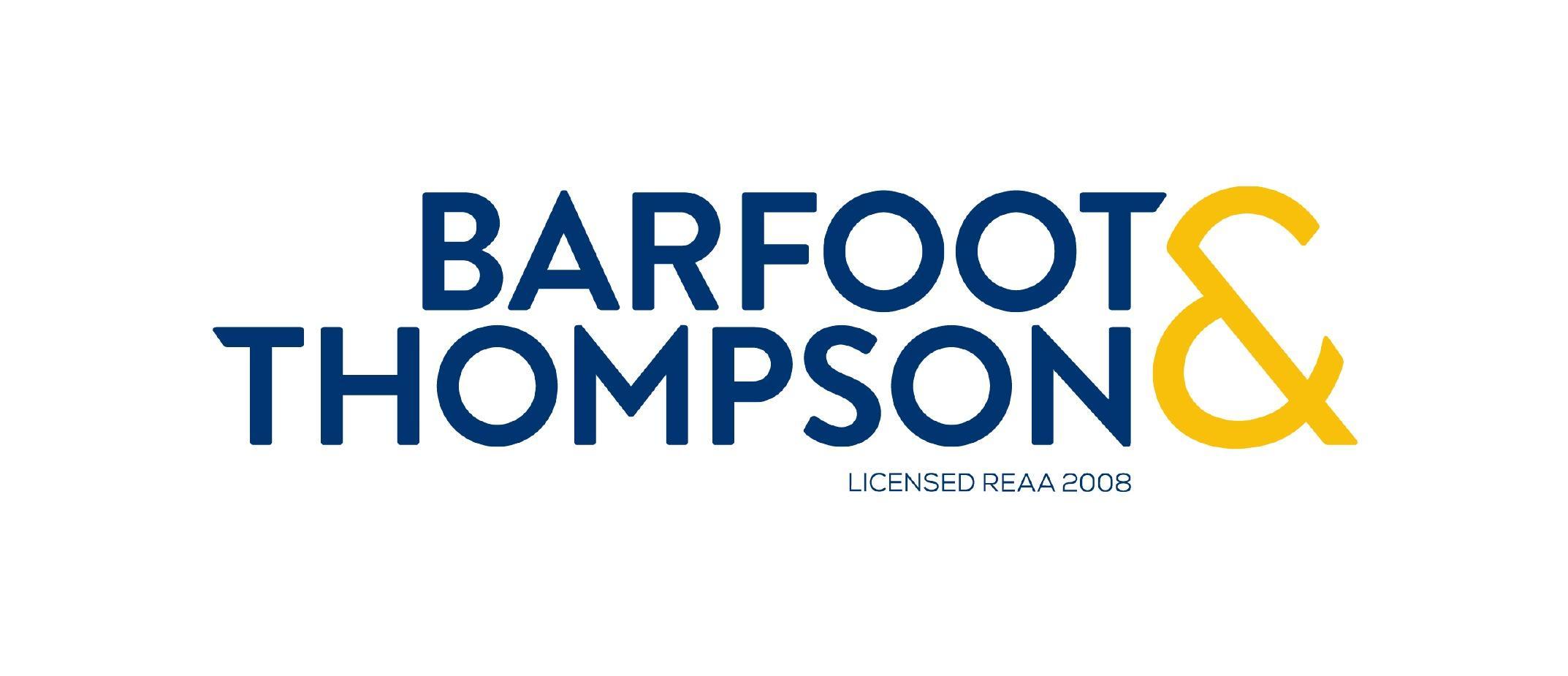There has been a lot of confusion and debate about acceptable standards of methamphetamine contamination in rental housing.
When the problem first surfaced, it was generally held that any level of meth in a property was a breach of the landlord’s requirement to provide a
clean and safe house at the start of the tenancy. Several Tenancy Tribunal rulings at that time imposed large penalties on landlords who were unfortunate
enough to rent out a house where a meth test gave any sort of a positive reading. This often included a refund of all rent paid, payment for the
tenant to replace furniture and other possessions, and damages amounting to many thousands of dollars.
The level of 0.5μg/100cm2 was adopted as the acceptable level, but many tenants regarded any level as unsafe.
After some years of discussion and argument the Government body Standards New Zealand produced the New Zealand Standard NZS 8510:2017 on the testing
and decontamination of methamphetamine contaminated properties, and that was released in August last year.
This standard proposed an acceptable maximum level of 1.5μg/100cm2 for contamination from both the manufacture and use of methamphetamine. Coincidentally
there was a change in public opinion around the same time, with even low levels of meth contamination now no longer being regarded as instantly
fatal.
However, in order to have legal strength, a Standard must be cited in Law. This has not yet happened.
In May this year, Government Science Advisor Sir Peter Gluckman released a report stating that there was “absolutely no evidence” of any harm caused
from passive use and safe levels are as high as 15 micrograms per 100 square centimetres. Shortly after this report was issued the Government announced
that Housing New Zealand would adopt this 15μg/100cm2 level.
Since that announcement there has been a lot of confusion as to what acceptable level would be imposed on private landlords – 0.5, 1.5 or 15μg/100cm2
The NZ Property Investors Federation made several requests to MBIE to find out the acceptable level, but received no definite response.
At the NZPIF Conference held in Dunedin on 12th-14th October, 2018 Principal Tenancy Adjudicator Melissa Poole spoke to the attendees on Saturday morning. As part of that talk, she discussed the methamphetamine issue and unequivocally stated that “the Tribunal will use the 15mg level as proposed in the Gluckman report – as long as the meth test was done after the report was released on May 28 this year.”
This does give us some clarification. However, there are some important caveats to note around this announcement:
- in order to successfully claim that the tenant has contaminated the property during their tenancy you will need to show the results of a meth test
carried out on the day the tenant moved in.
- the 15mg level would appear to only apply for meth contamination by use. If there is evidence of manufacture, then the lower level would still
apply. You would need to show evidence at the Tribunal to support a claim at that level.
- this lower level may be held to be 0.5μg/100cm2 until the NZS 8510:2017 Standard is cited in law when it would become 1.5μg/100cm2
- at the time of writing, the views of your insurance provider, the requirements of your policy and the levels of possible pay-out remain unresolved.
So our previous recommendations of good record keeping and retaining proof of any testing still apply.













Add Comment